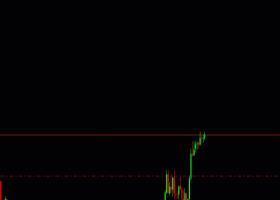
WEEKLY DIGEST 2015, January 17 - 24 for Scalping Trading: Some Scalping Questions and Risk Management
WEEKLY DIGEST 2015, January 10 - 17 for Scalping Trading: Stocks in Scalping and Hedging in Scalping
MQL5 blogs
"Hedging in scalping can be very effective. ECN accounts are commonly
used for scalping because they first provide a very narrow spread.
Additionally, the possibility of a broker to trade against its clients
is often excluded. Unfortunately, there are drawbacks associated in
almost all accounts with a narrow spread. As an example, if a broker
expands the spread slightly for a short term at the exact moment when it
is necessary to close profitable orders for “Stop Loss” or “Take
Profit.” The result is that although the spread is low most of the time
for you it is much higher. In such circumstances, of course, it’s not
the best way to approach scalping."
=====
Live ECB Coverage Coverage and Forex Scalping Trade StrategyOne hour webinar about scalping
=====
Why do most brokers frown over scalping strategies?small article for newbies
=====
Some scalping questions
small thread started on babypips forum
=====
The Definitive Guide to Scalping: Risk Management"The first key to risk management is to identify a key level of support and resistance. This can be done through a variety of methods mentioned in the 4th installment of the Definitive Guide to Forex Scalping. Once found, regardless if you are trading retracements, breakouts, or ranges will have a definitive area to place your stop. In the event you are looking to buy a currency pair, risk should be managed underneath a line of support. Conversely, if a trader is selling a currency pair, risk should be managed above a level of resistance.
Traders should also consider how close to these lines of support and resistance to place their stop. Aggressive traders can set their stop very close to these values to close losing positions as quickly as possible. This is opposed to a more conservative approach where stops would be placed further away to allow positions more space to breath."




